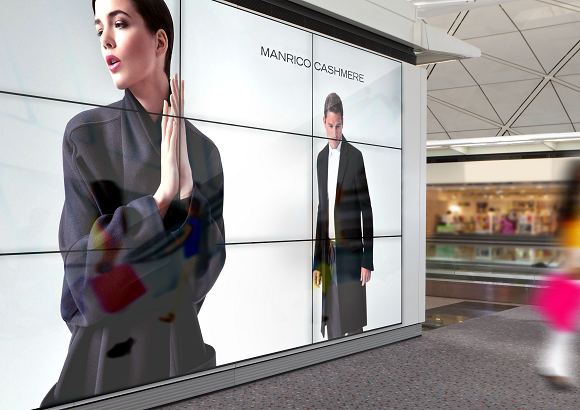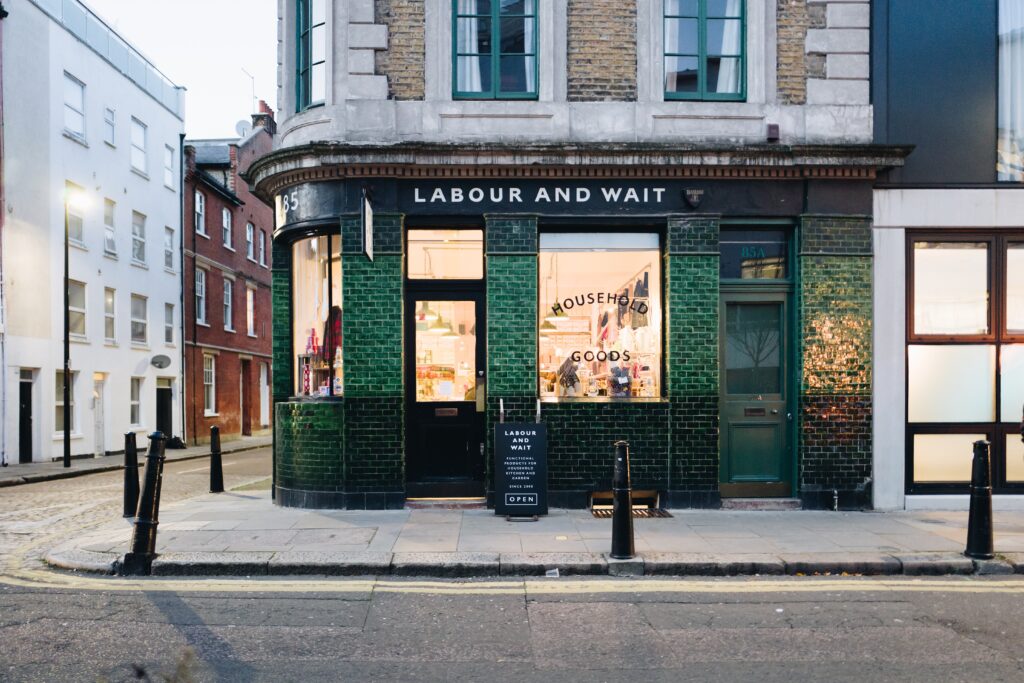The point of sale has shown no signs of bowing down to e-commerce anytime soon. While digital transformation has changed consumer behavior, stores have changed the way they welcome customers and sell their products by adopting the phygital approach – aiming for a seamless customer experience. This new logic has made it possible to limit the domination of e-commerce and extend the existence of retail location. Now, even the most popular brands are also starting to take an interest in the benefits of a physical sales relay. In this context, the Anglicism “click and mortar ” has become a popular topic of interest.
Let’s explore ..
Click and Mortar … Clicks and Mortar?
The traditional brick and mortar store is here to stay. However, the modern physical word is starting to merge with the digital. Contrary to beliefs, the two are not conflicting. It’s not a matter of contrasting the physical (mortar) and the digital (click[s]) but of ensuring a slip between the two. Generally, we speak of ” click and mortar ” when a so-called traditional company adds online activities to its classic model.
This expansion of activity often results in the integration of an online store on the company’s website. It offers the same services as the point of sale while avoiding the problems of a store (storage, product organization). These two aspects do not compete directly. Signboards even develop their complementarity (especially with the omnichannel approach, click and collect …).
Among the companies that have chosen this strategy, we find the Amazon’s 4-Star retail store in SoHo. The store keeps it’s e-commerce roots by displaying prices in form of digital tags, as well as using digital signage to promote all of its products that are currently being showcased.
Brick is the new black: Evolution of big business
In the same vein, a click and mortar do not consider e-commerce as a break. Indeed, companies have understood that if the physical store has its limits, it is also the case of digital.
The point of sale will always have the advantage of allowing its customers to try and touch a product, and building awareness of this imbalance forces e-commerce dominant to take interest in profits within the retail space. For example, Amazon recently launched a one-of-a-kind store in SoHo. Amazon 4-Star retails all of the most popular and sought-after brands on the market, as well as their own branded products – such as Amazon Basics.

Point of sale as a communication tool
Opening a point of sale is not just a practical issue for brands, it is also an opportunity to establish their image by proposing innovative spaces. Some brands tend to move closer to the concept store to attract crowds and build loyalty. Some choose to highlight customer experience, others are interested in the digitalization of spaces (including digital signage). Amazon, for example, relies on non-cash stores with Amazon Go and continues to expand across the United States.
For brands like Tissot watches, the opening of a point of sale is not only a response to a practical need but also a communication event to highlight. The decision to launch the click and mortar must be part of a global strategy for the company, at the risk of having to backtrack and close the stores in question (like ING Direct in 2017).
The click and mortar has become the basic model in the distribution sector. This is why the divide between physical and digital is no longer to be found in the various sales outlets but in the reception of customers. It is the consideration of consumer expectations and the anticipation of their needs that will make the difference. For this reason, more and more stores are integrating digital signage into their stores in order to improve the customer experience.
> Discover our digital signage solutions for a customized customer experience.

